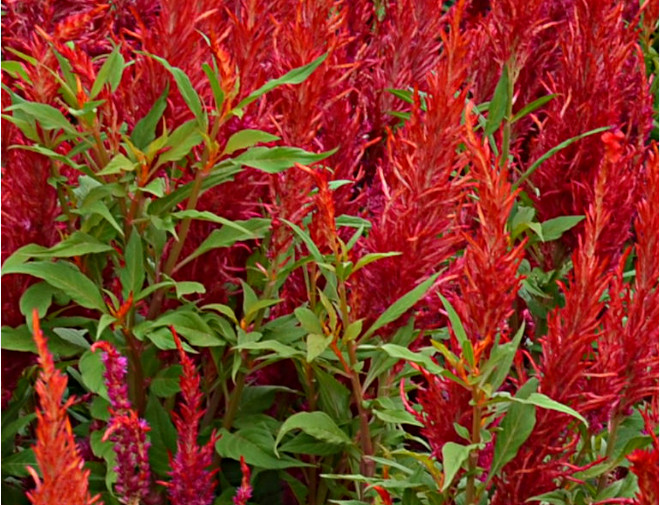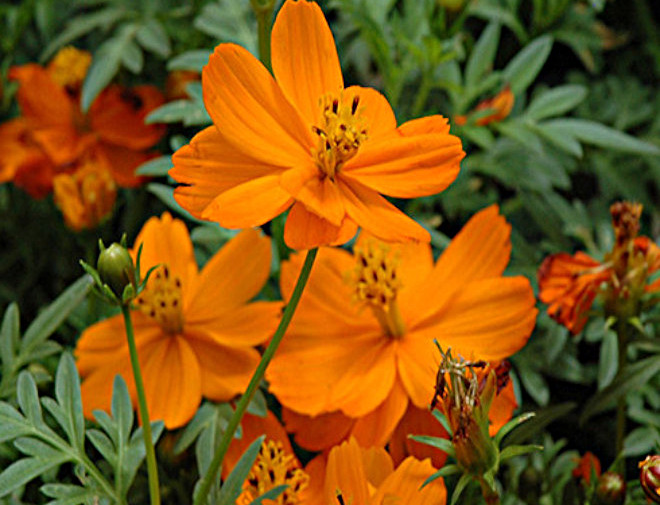Sadabahar Vinca Rosea Apocynaceae flower
Vinca is a variety of blooming plants in the family Apocynaceae, local to Europe, northwest Africa and southwest Asia. The English name periwinkle is imparted to the related variety Catharanthus.
₹30.00
Sadabahar Flower : Rich sprouts and simplicity of care make Vinca (Catharanthus roseus) an astounding choice on the off chance that you have brief period to tend your garden. Helpful in outskirts, flowerbeds, shake greenery enclosures and compartments, the vinca bloom gives moment shading wherever it develops. The round, level sprouts show up over 12-to 15-inch stems. These dry season tolerant sheet material plants flourish in any dirt kind as long as it is quick depleting and not excessively rich. Strong in U.S. Division of Agriculture plant strength zones 9b through 11, vincas flourish in full sun and require temperatures no colder than 60 degrees Fahrenheit. Vinca is a variety of blooming plants in the family Apocynaceae, local to Europe, northwest Africa and southwest Asia. The English name periwinkle is imparted to the related variety Catharanthus.
How to grow plant
- Fill a 2-inch-profound nursery level with crisp, sterile seedling fertilizer. Leave a 1/4-inch hole between the manure and the highest point of the level. Firm the manure with the palm of your hand to make a smooth, even surface.
- Spread out the vinca seeds over the surface of the manure. Space the seeds 2 inches separated. Press them most of the way into the manure. Cover the seeds with a 1/4-inch-thick layer of fertilizer.
- Fog the fertilizer with a splash container to settle it. Shower the manure until the point when it feels wet at a profundity of 1 inch. Keep up a direct level of dampness in the best inch of fertilizer while the vinca seeds sprout.
- Cover the nursery level with a dark plastic junk sack to make the dull, warm conditions vinca seeds require to sprout. Expel the waste sack amid germination just to water the seeds. Supplant the pack promptly in the wake of watering.
- Apply base warmth to the nursery level utilizing a warmth tangle. Set the temperature on the warmth tangle to in the vicinity of 75 and 77 Fahrenheit, if conceivable. Leave the warmth tangle on during the evening.
- Look for germination one to two weeks in the wake of sowing the vinca seeds. Diminishing watering and evacuate the dark sack after the seeds develop. Enable the fertilizer to dry out in the main 1/2 inch before including more water.
- Feed the vinca seedlings with a low-phosphorus manure around multi week after germination. Apply the compost at half quality to abstain from harming the vinca seedlings’ delicate new roots.
- Evacuate the weakest, minimum vivacious vinca seedlings from the level. Transplant the rest of the seedlings into singular 2-inch starter pots loaded with fertilized soil once they create three or four arrangements of solid, develop clears out.
- Move the vinca seedlings to a warm, brilliant area where they will get six long stretches of splendid, diffuse daylight every day and temperatures over 65 F. Transplant them into the garden once open air temperatures dependably top 65 F amid the day. Space the plants two feet separated.
Pests
- Phytophthora Stem Blight & Root Rot
- Pythium Root Rot
- Leaf Spot Diseases
- Rhizoctonia Stem & Root Rot
- Gray Mold (Botrytis Blight)
- Black Root Rot
- Tomato Spotted Wilt Virus (TSWV)
References
- http://homeguides.sfgate.com
- https://hgic.clemson.edu
Related products
-
-
-
₹30.00Helianthus annuus, the normal sunflower, is an...







